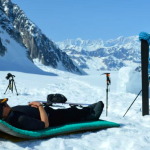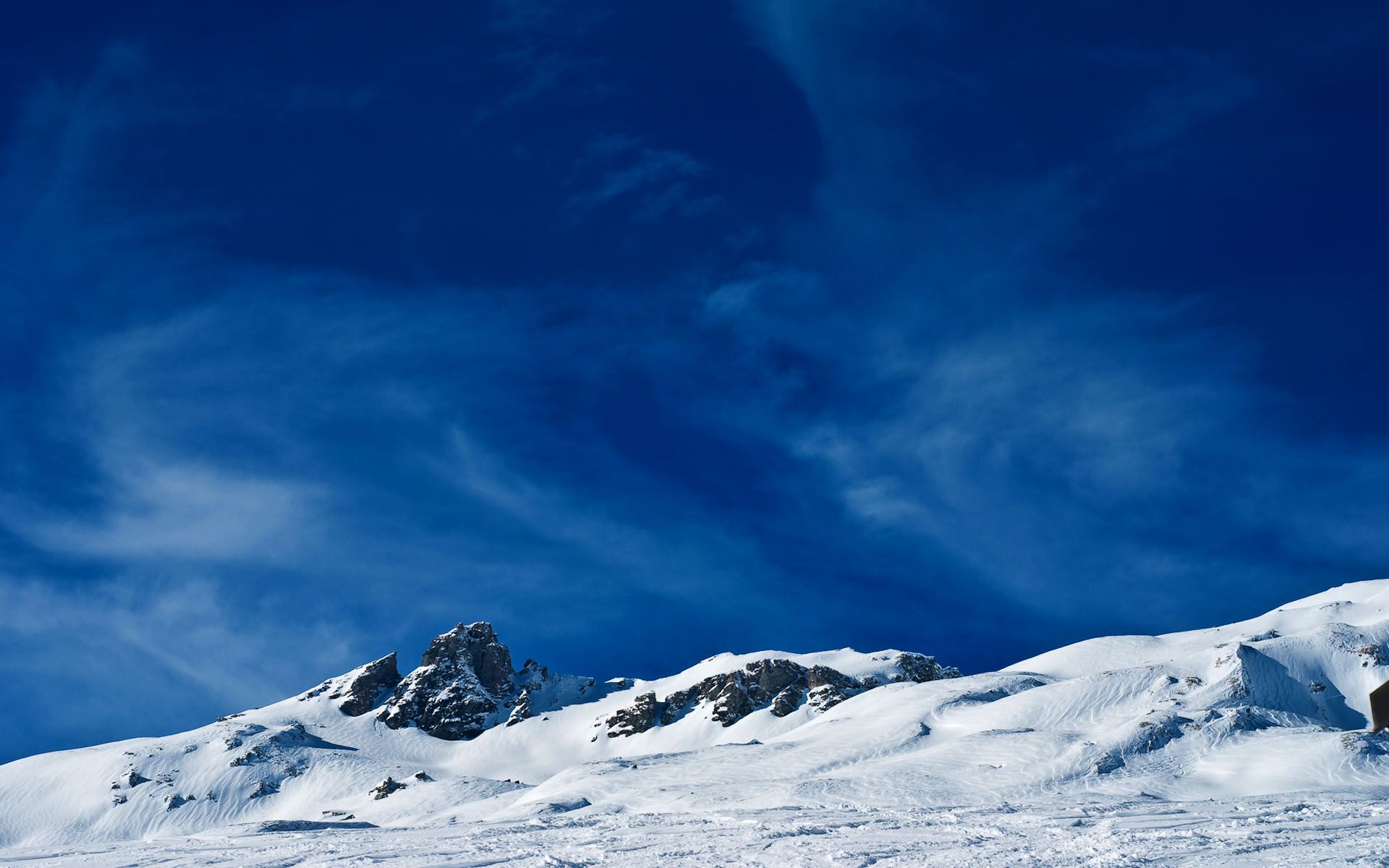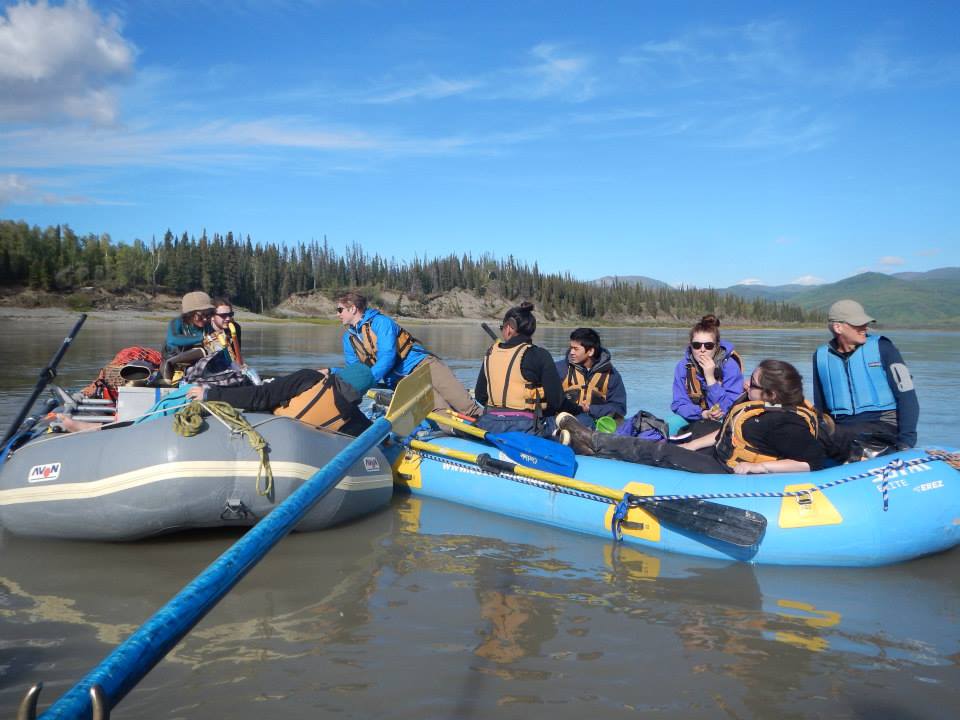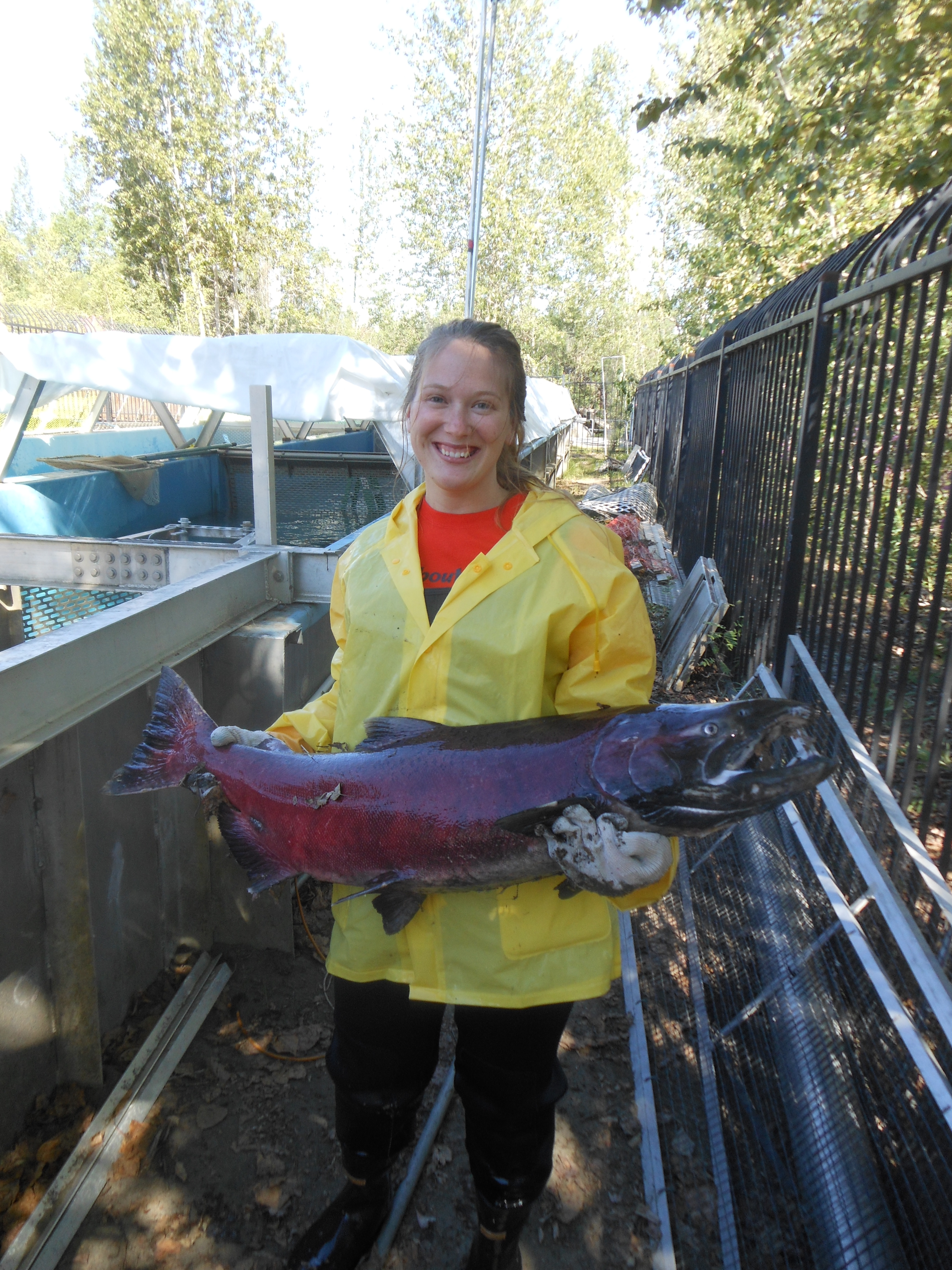by Nick Jenkins
Abstract: As another winter approaches with growing uncertainty, outdoor professionals across the globe are scrambling to prepare for what is sure to be another surprising season. As climate change intensifies our winters will become more extreme and unpredictable which will lead to many negative social and environmental impacts. As our snow disappears and our winters become shorter there is irreversible damage that is being done to local economies and environments. This paper attempts to examine those impacts and explore what specifically is happening to our winter environment.
Experts studying our changing winters have observed that it is caused by climate change (Green & Monger, 2012; Calanca & Pierluigi. 2007; Williams 2010; NOAA 2007; Alexander & Zhang, 2006; NASA, 2012). As our snow continues to disappear it is important to explore why it is happening and how it is affecting us negatively. Winter is crucial for many reasons. A stable winter mitigates strain on environments, supports economies around the world, and produces renewable resources that are essential for human existence. Snow, one of the greatest gifts of winter, not only fuels a multitude of industries (Williams 2010), but it also serves as the backbone of our nation’s water catchment (Calanca & Pierluigi. 2007; Anderson 2012; Kunkel, Palecki, Ensor, Easterling, Hubbard, Robinson & Redmond, 2009)
Several studies have addressed the disappearance of snow from our planet as one of the largest indicators of negative climate change (Kunkel, Palecki, Ensor, Easterling, Hubbard, Robinson & Redmond, 2009; Calanca & Pierluigi 2007). As the authors of Trends in Twentieth-Century U.S. Extreme Snowfall Seasons put it, “Snowfall is a uniquely sensitive climate variable resulting from the integration of temperature, precipitation, and other synoptic inputs at a variety of temporal and spatial scales.” (Kunkel, Palecki , Ensor , Easterling , Hubbard , Robinson & Redmond , 2009). This means that many delicate factors go into producing snow, which makes it an excellent gauge for climate health in any particular region.
Evidence so far indicates that our winters are becoming shorter and more variable (Krulwich 2012; Calanca & Pierluigi, 2007). As this continues, a trend of unpredictability has developed during our winter seasons (Alexander & Zhang, 2006; Green & Monger, 2012). This trend has become known as the “wildcard” effect and is defined by weather that is impossible to forecast two weeks prior to an event (NOAA 2007). Hurricane Sandy, although not technically a winter event, is a perfect example. As climate change increases, the more frequent and intense these storms are becoming (Green & Monger, 2012). Here many global warming deniers would probably object that severe storms have always been around, however the consistency and severity that we are experiencing them today is far greater than in any previous documentation (Alexander & Zhang, 2006). The intensity and unpredictable nature of these storms, coupled with the exasperated effects climate change has on the El Niño/La Niña cycle (NOAA 2007; Green & Monger, 2012), has already led to a number of negative consequences ranging from hazardous and expensive transportation (Anderson 2012), to hundreds of weather related deaths within the last few years (Green & Monger, 2012). If these wildcard events continue to increase, so will our costs. Severe winter storms can shut down economies, decimate towns, destroy roads, and take lives. (NWF, 2010; Green & Monger, 2012; Williams, 2010; Biello 2010)
Although the severity and likelihood of these of wildcard storms is increasing, research suggests that our cumulative snowpack is decreasing (NWF, 2010; Williams 2010; TGR, 2009). Due to climbing global temperatures (Alexander & Zhang, 2006; NASA, 2012), our total days of frost have declined rapidly. Growing seasons in certain regions have started to skyrocket in the last century. In the Sonoma/Napa wine country of California growing season days have increased by 66 days over the last 65 years (Krulwich, 2012). These changes are drastic and potentially disastrous (TGR, 2009; Biello, 2010). This continued loss of winter days has already led to many natural (ex. the explosion of pine beetle populations along the western U.S. (NWF, 2010)) and economic (ex. closure of 59 ski resorts closed in Vermont alone (TGR, 2009)) consequences. As seasons continue to transform, and resources continue to deplete, climate change could become the most pressing global issue of my generation.
As a member of the snow science community, and an avid winter backcountry enthusiast, this issue troubles me deeply. Although there has been a significant amount of attention and research on how the dwindling snowpack affects countries in the Western world I am curious to see how it affects other nations. Although research in Asia suggests that similar trends are occurring to snowpacks in the Eastern Hemisphere (Qian, Flanner, Leung & Wang, 2011), I anticipate that research in this highly populated region will be critical in the coming future. By expanding research to a global level I believe that people of all nations could join together to combat the disappearance of our winters, and save some fresh powder for our future generations.
Works Cited
Krulwich, R. D. (2012, November 05). [Web log message]. Retrieved from http://www.npr.org/blogs/krulwich/2012/09/04/160554150/what-s-with-frosty-why-isn-t-he-showing-up-on-time
Calanca, Pierluigi. (2007) “Climate change and drought occurrence in the Alpine region: How severe are becoming the extremes?.” Global and Planetary Change. 57.1-2 (2007): 151-160. Web. 1 Oct. 2012. <http://www.sciencedirect.com.proxy.consortiumlibrary.org/science/article/pii/S0921818106002839>.
Anderson, Glen. “WARMING UP TO CLIMATE CHANGE..” State Legislatures. 36.7 (2010): 40-43. Web. 1 Oct. 2012.
NASA. (2012, April 17). North america swelters in march heat. Retrieved from http://earthobservatory.nasa.gov/IOTD/view.php?id=77671&src=igoogle
Green, C.H., and B.C. Monger. 2012. An Artic wild card in the weather. Oceanography 25 (2):7-9, http://dx.doi.org/10.5670/oceanog.2012.58
NWF. (2010). Odd-ball winter weather: Global warming’s wake-up call for the northern united states. Retrieved from http://www.nwf.org/~/media/PDFs/Global-Warming/NWF_WinterWeather_Medium_REV.pdf?dmc=1&ts=20121126T0102358983http://link.springer.com.proxy.consortiumlibrary.org/article/10.1007/s10584-011-0159-9/fulltext.html
Kunkel, K. E., Palecki, M. A, Ensor, L, Easterling, D, Hubbard, K. G, Robinson, D, & Redmond, K. (2009). Trends in twentieth-century u.s. extreme snowfall seasons. Journal of Climate, 22(23), 6204-6212. doi: http://dx.doi.org/10.1175/2009JCLI2631.1
NOAA (2007), National Climatic Data Center, Global Warming Frequently Asked Questions, published online August 2007, retrieved on November 25, 2012 from http://www.ncdc.noaa.gov/sotc/national/2012/7
Alexander,, L. V., & Zhang, X. (2006). Global observed changes in daily climate extremes of temperature and precipitation. JOURNAL OF GEOPHYSICAL RESEARCH, 111, doi: 10.1029/2005JD006290
Williams, D. O. (2010, April 09). Colorado 2022 Olympics, because elevation matters. The Colorado Independent. Retrieved from http://coloradoindependent.com/50609/colorado-2022-olympics-because-elevation-matters
TGR. (Producer) (2009). Generations [Web]. Retrieved from http://www.tetongravity.com/films/generations/
Biello, D. (Performer) (2010, February 11). What does winter weather reveal about global warming?. Scientific American. [Audio podcast]. Retrieved from http://www.scientificamerican.com/podcast/episode.cfm?id=what-does-winter-weather-reveal-abo-10-02-11
Qian, Y., Flanner, M. G., Leung, L. R., & Wang, W. (2011). Sensitivity studies on the impacts of tibetan plateau snowpack pollution on the asian hydrological cycle and monsoon climate. Atmospheric Chemistry and Physics, 11, 1929–1948. doi: 10.5194/acp-11-1929-2011
[divider]
 Nick Jenkins is a master’s student at Alaska Pacific University. He likes deep pow and dinosaur puzzles.
Nick Jenkins is a master’s student at Alaska Pacific University. He likes deep pow and dinosaur puzzles.




